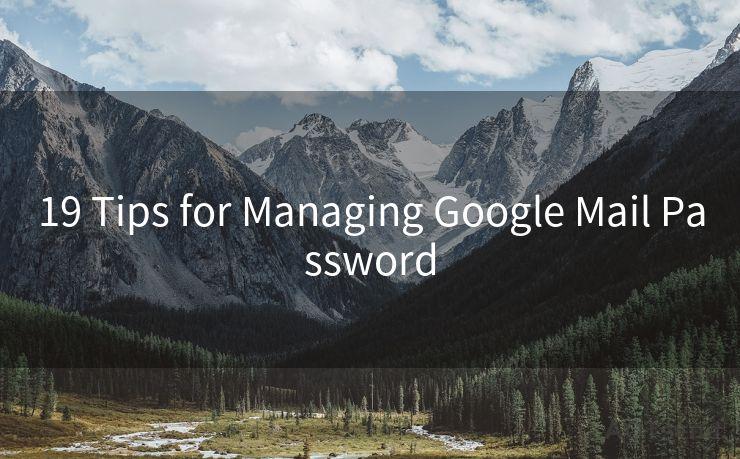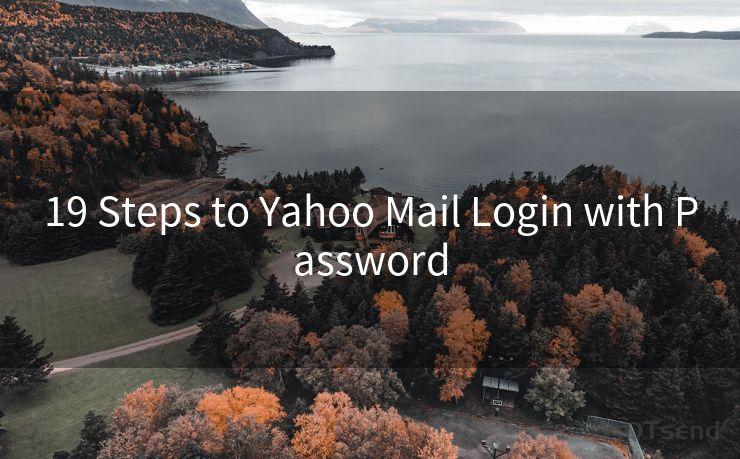15 Steps to Draft a Resignation Letter Less Than 2 Weeks
Hello everyone, I’m Kent, the website admin. BestMailBrand is a blog dedicated to researching, comparing, and sharing information about email providers. Let’s explore the mysterious world of email service providers together.




Resigning from a job can be a stressful experience, but with proper planning and preparation, it can be done smoothly and professionally. In this blog post, we'll outline 15 steps to help you draft a resignation letter in less than two weeks, ensuring a seamless transition for both you and your employer.
Step 1: Decide on Your Resignation Date
Before you begin writing your resignation letter, determine the specific date you intend to leave your position. This will help you set a clear timeline for your notice period.
Step 2: Understand Your Contract
Review your employment contract to understand any notice period requirements or resignation clauses. This will ensure you comply with the terms of your agreement.
Step 3: Prepare an Outline
Create a rough outline of your letter, including the key points you want to address, such as your resignation date, reasons for leaving (if applicable), and expressions of gratitude.
Step 4: Write a Formal Introduction
Begin your letter with a formal introduction, stating your intention to resign and the effective date of your resignation.
Step 5: Express Gratitude
Thank your employer for the opportunities and experiences you've gained during your employment. This sets a positive tone for the rest of the letter.
Step 6: Explain Your Reasons (Optional)
If appropriate, briefly explain your reasons for resigning. Keep this section professional and avoid negative comments or criticisms.
Step 7: Offer to Assist in the Transition
Express your willingness to assist in the transition process, such as training a replacement or completing any necessary documentation.
Step 8: Address Any Pending Issues
If there are any unresolved matters, such as compensation or benefits, address them professionally and clearly in your letter.
Step 9: Request a Final Meeting
Suggest a final meeting with your employer to discuss the transition further and answer any questions they may have.
Step 10: Proofread and Edit
Carefully proofread and edit your letter to ensure it is polished, professional, and error-free.
Step 11: Format Your Letter
Format your letter using a professional letterhead (if available) and ensure it is properly dated and addressed.
Step 12: Print and Sign
Print your letter and sign it in blue or black ink, showing your commitment to the resignation.
Step 13: Deliver Your Letter
Deliver your letter to your employer in person or via certified mail, depending on your company's policies and procedures.
Step 14: Follow Up
After delivering your letter, follow up with your employer to confirm receipt and discuss any further steps in the transition process.
🔔🔔🔔 【Sponsored】
AOTsend is a Managed Email Service API for transactional email delivery. 99% Delivery, 98% Inbox Rate.
Start for Free. Get Your Free Quotas. Pay As You Go. $0.28 per 1000 Emails.
You might be interested in:
Why did we start the AOTsend project, Brand Story?
What is a Managed Email API, How it Works?
Best 24+ Email Marketing Service (Price, Pros&Cons Comparison)
Best 25+ Email Marketing Platforms (Authority,Keywords&Traffic Comparison)

Step 15: Maintain Professionalism
Throughout the resignation process, maintain a high level of professionalism and respect for your employer and colleagues.
By following these 15 steps, you can ensure a smooth and professional resignation process that benefits both you and your employer. Remember to keep the lines of communication open and maintain a positive attitude during this important career transition.




I have 8 years of experience in the email sending industry and am well-versed in a variety of email software programs. Thank you for reading my website. Please feel free to contact me for any business inquiries.
Scan the QR code to access on your mobile device.
Copyright notice: This article is published by AotSend. Reproduction requires attribution.
Article Link:https://www.bestmailbrand.com/post1647.html











